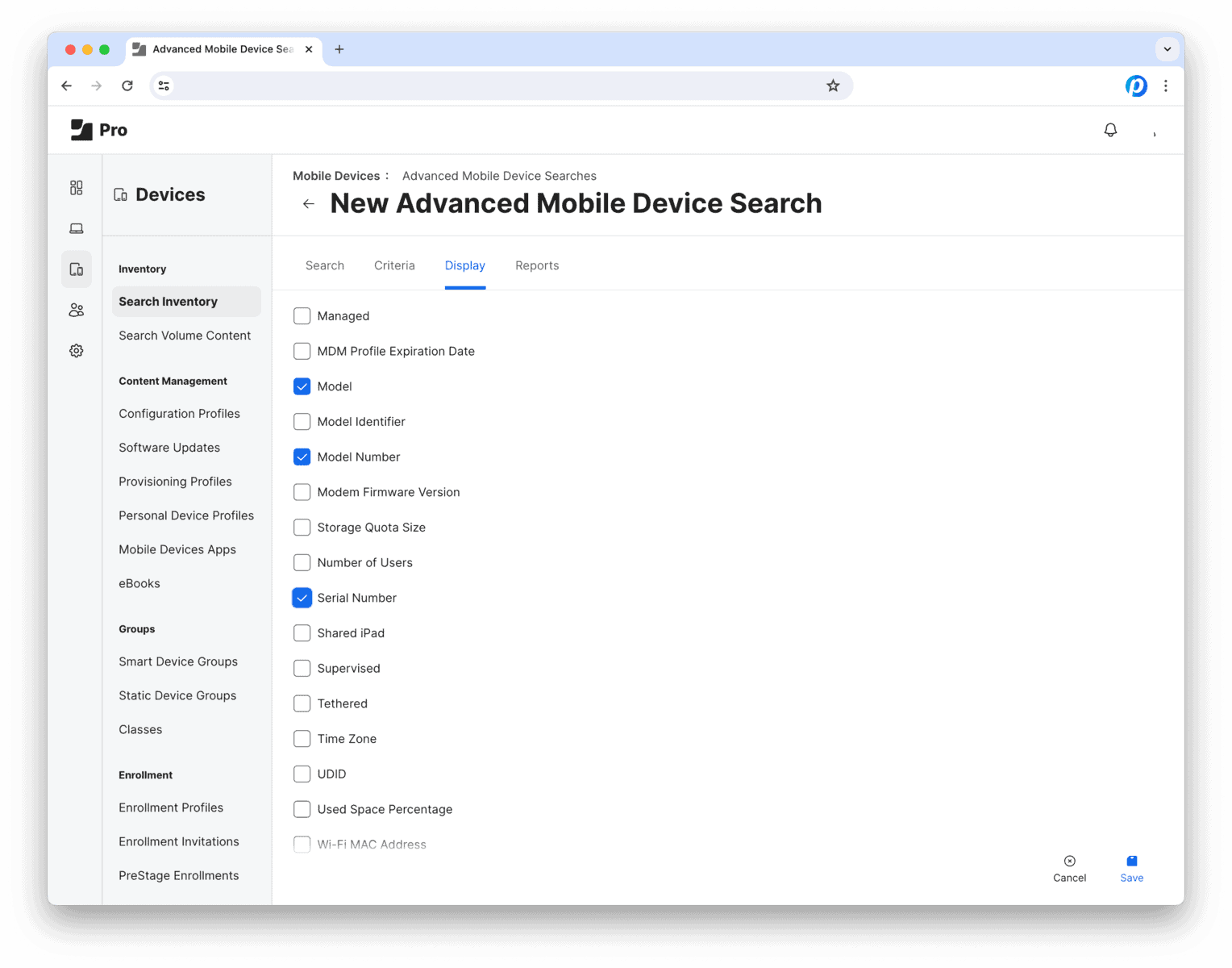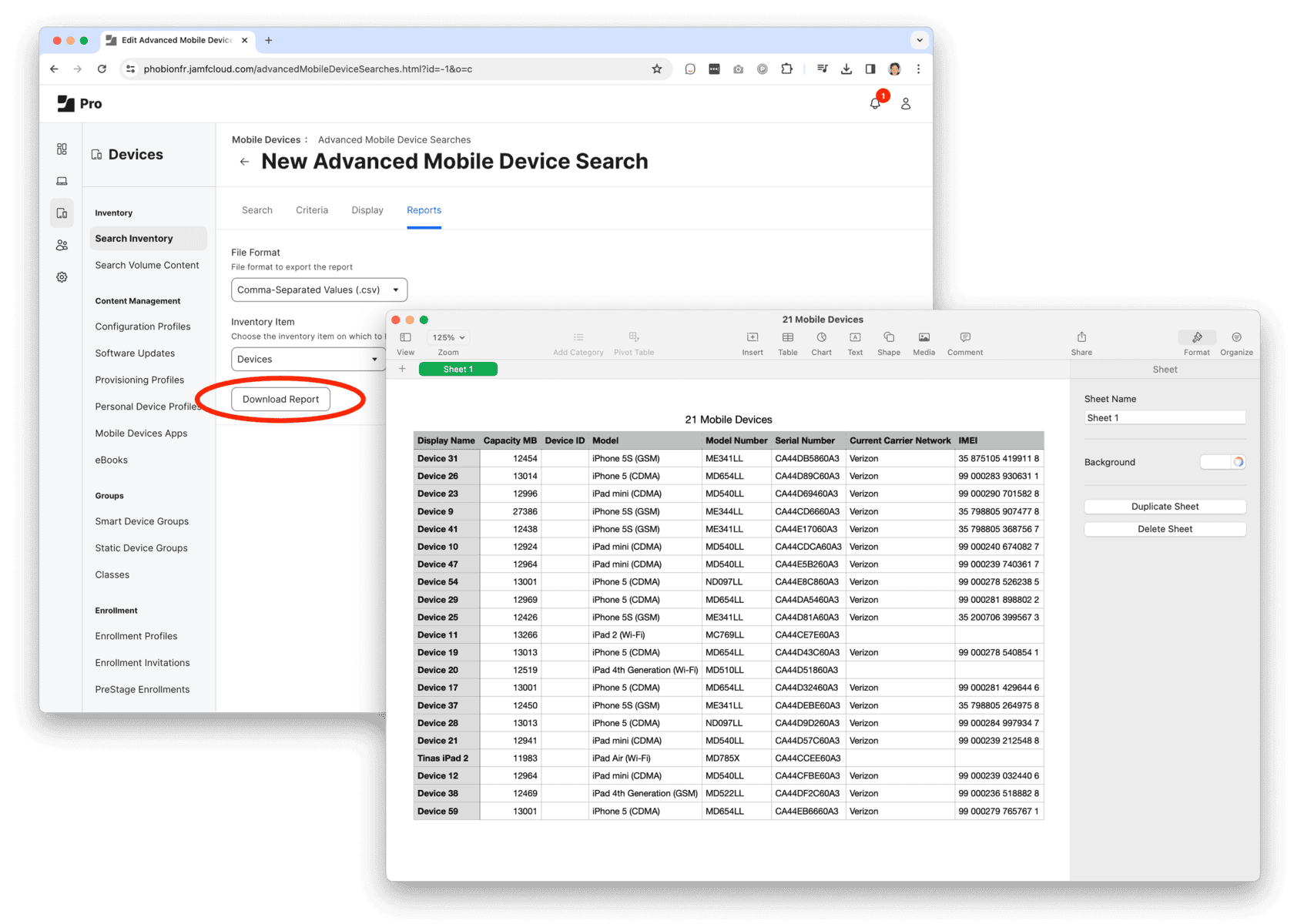Diversity and inclusion in the workplace is an important conversation that many companies are having, and with good reason – two thirds of job seekers consider workplace diversity an important factor when thinking about job opportunities according to Glassdoor. In addition, more than half of those who are employed think their company needs to do more to address and increase workplace inclusion and diversity.
Becoming a more inclusive workplace isn’t just good for people, it’s good for business too. One Harvard Business Review study found that companies with higher than average diversity were more innovative.
Here are a few things any business should keep in mind when they seek to increase diversity in the workplace and build a more inclusive culture.
Actively create a sense of community and belonging
Whether in work or life, humans are inherently bound by relationships, and they appreciate the connections those relationships provide and sustain. Employees who feel that they are a valued part of their workplace are happier and more engaged. They do better work and are less likely to leave their job. So it is important to take steps to create an atmosphere that promotes trust, recognizes employees when they do good work and emphasizes support and collaboration. When a company’s leadership values its employees as people, not just as resources who make ends meet, they have happy employees with increased productivity who stay in their jobs.
Form a team
Having a small, dedicated group or council within a company who can hone in on hiring and increasing a diverse and inclusive workforce can be beneficial to advancing work culture goals. Councils can act as a liaison between employees and the C-suite, communicating and advocating for ideas and expressing concerns. The groups can meet during the year to review feedback, troubleshoot and be a valuable resource when it comes to facilitating change and solidifying policy.
Break down silos
While changing recruitment policies is important when it comes to growing diversity and inclusion in the workplace, it shouldn’t stop there. As Allie Fleder, chief operating officer at SimplyWise told Forbes, “it’s not enough to have a seat at the table.” Your workforce needs a collaborative environment in which voices are heard. Actively seeking input from them and breaking down barriers to communication means infusing the conversation at your company with fresh perspectives and solutions that contribute to a lasting change.
Provide access to resources
Continued support from leadership to ensure the growth of a company’s employees in their careers is important, especially when it comes to diversity and inclusion goals. Providing mentorship, leadership development and new opportunities puts the wellbeing of your employees on top, which is essential. The bonus here is that it’s also beneficial for the growth of your company – a larger talent pool from within can accelerate financial goals, reduce turnover and build brand equity.








